Whether working with film, sculpture, installation or the written word, Simon Dybbroe Møller’s work always comes back to the photographic image. Interested in how we are shaped by the media we create, the Danish born, Berlin-based artist questions “how it feels to be bodies tumbling or stumbling through this world”.
Simon, can you give us an insight into how you work and how important is your physical studio space to your practice? Where do you work and how important is that space to your practice?
I used to be an entirely “post studio” artist. For many years I didn’t have a traditional artist studio. More recently I’ve had two different bases, which is a situation that has turned out to be ideal for me. I have a small office with a view and a nice coffee machine. I mainly bring books into the office and build a little bubble of things I’m interested in during that period. It’s only when I’m in production and I’m actually thinking about things in space that I move into my studio space. That’s a dream scenario really because it stresses me out to be in the studio all the time. There I can feel a pressure to produce and make. I like to have a very simple space; I do a project and then I clean up.
Do you tend to only make work for exhibitions or are you an artist that always has a project on the go?
Both, but let’s say that very little actually materialises until there is an exhibition. For me, these things are entirely tied to the modes and means of production and distribution. In other words, I don’t think I would create art if I had no audience for it. If I don’t have a show then I write or do something else.
What role does writing play in your work?
I started writing my own press releases very early on. When asked to do an artist statement for an exhibition at KW Institute of Contemporary Art in Berlin in 2005, I was freaked out about the conclusive nature of that kind of text and instead started writing these numbered short texts, which have since been published in different magazines and catalogues. I’m now on number 94.
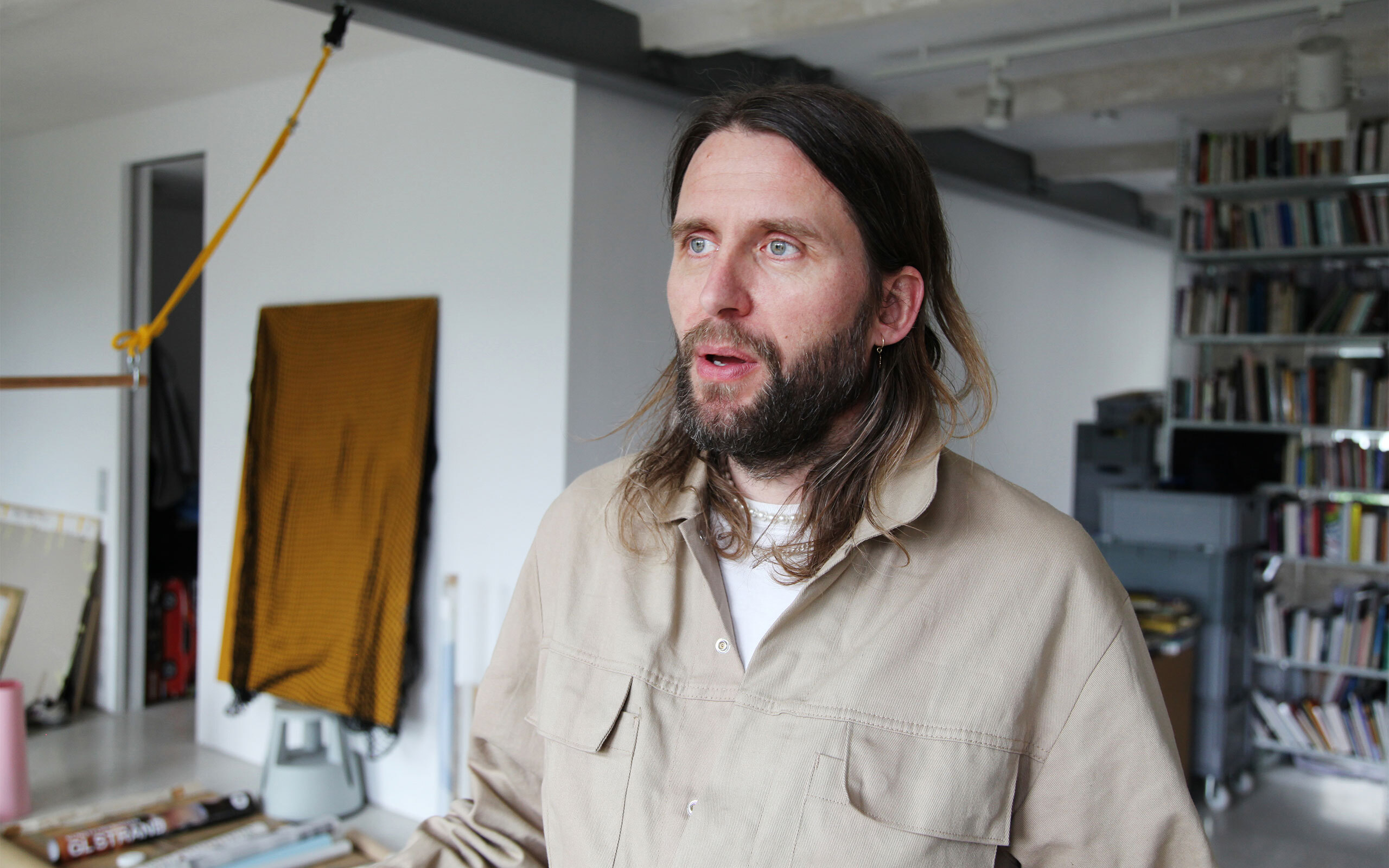

Can you give an example?
Sure, they are very anecdotal. Either they are facts or they are small stories you would use in a conversation. Number 85, for example, speaks of how stone age cave painters made images of animals using animal fats, blood, bone marrow, urine and what have you and then ground it to powder in mortars made of shoulder bones. Number 27 simply lists objects put for sale in the mixed category on Craigslist on a given day ten years ago.
Last autumn, you curated the exhibition Mercury with Post Brothers at Tallinn Art Hall, which was based on an essay you wrote about the changing status of the photographic image. How did the show and the essay come about?
The text you’re referring to was something that I’d had on my mind for a while. I was doing a three-week residency in Vilnius and I don’t normally produce much in that kind of setting so I thought: why not sit and do a bit of writing? I used it as the basis for a few artist talks and then Post Brothers saw one of these talks and invited me to do this show with him. To be honest, I was over selling it a bit by saying I had this essay [laughs]. The exhibition was used as a machine to evolve the writing. It was a deadline to get some work done.
Where do the other artists come into it? How do you turn an essay into a real life exhibition?
The exhibition was very much a visual essay where you have the text and you have illustrations, but maybe in a less hierarchical way because sometimes the text was fed by the image and sometimes it was other way around. But definitely the works of the artists in the show were instrumentalised more than you normally see. And more than most curators would allow themselves to do.
Well, instrumentalization of art works is often seen as a negative thing.
I think there’s also something to be said for instrumentalization. If you do it very clearly, then you as an audience become completely aware of it, thereby kind of backhandedly setting the work free again. It’s a lot worse to take part in group shows where there’s a claim that the work is presented in its own right but it’s not really. Here the framing became super obvious.
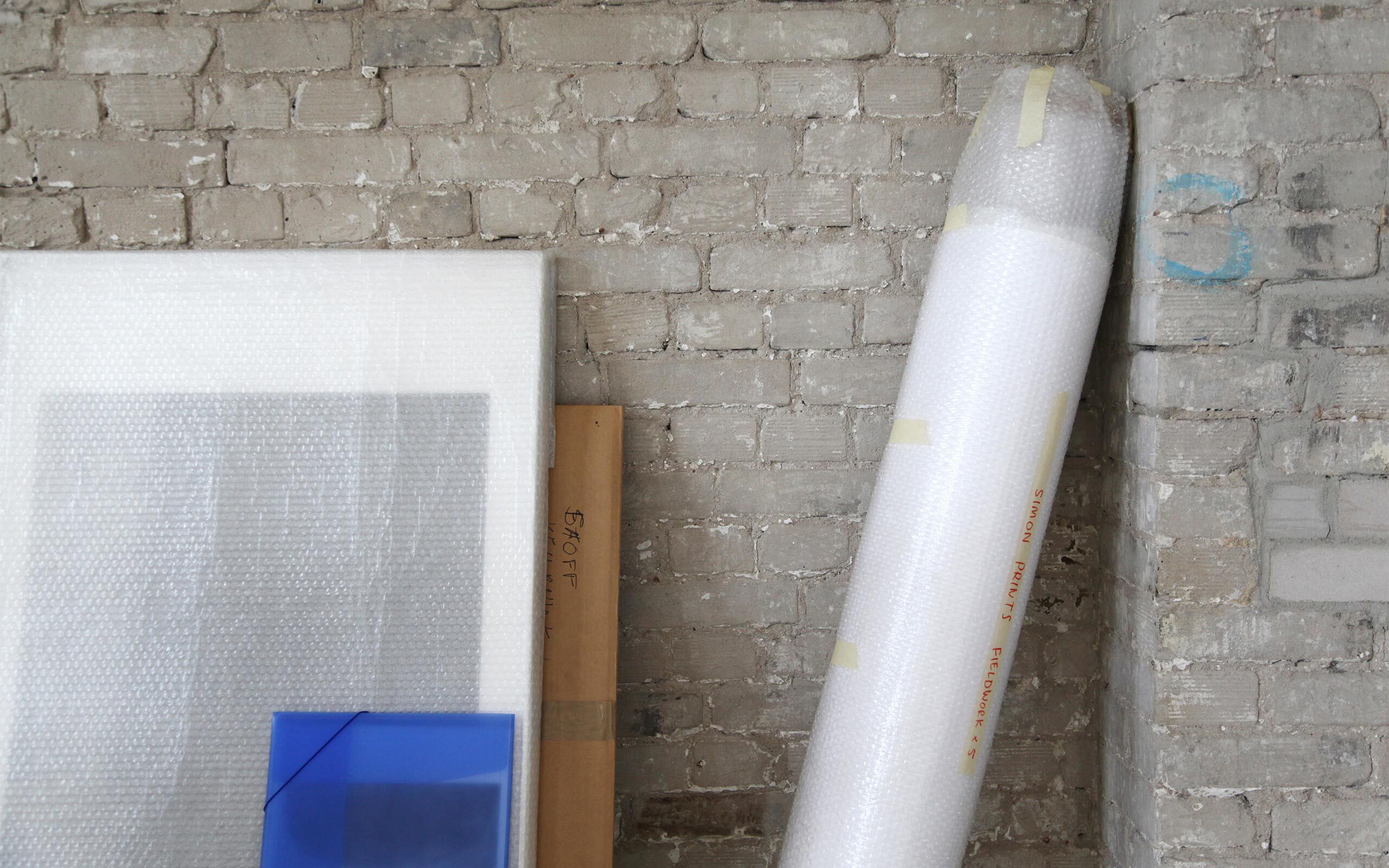

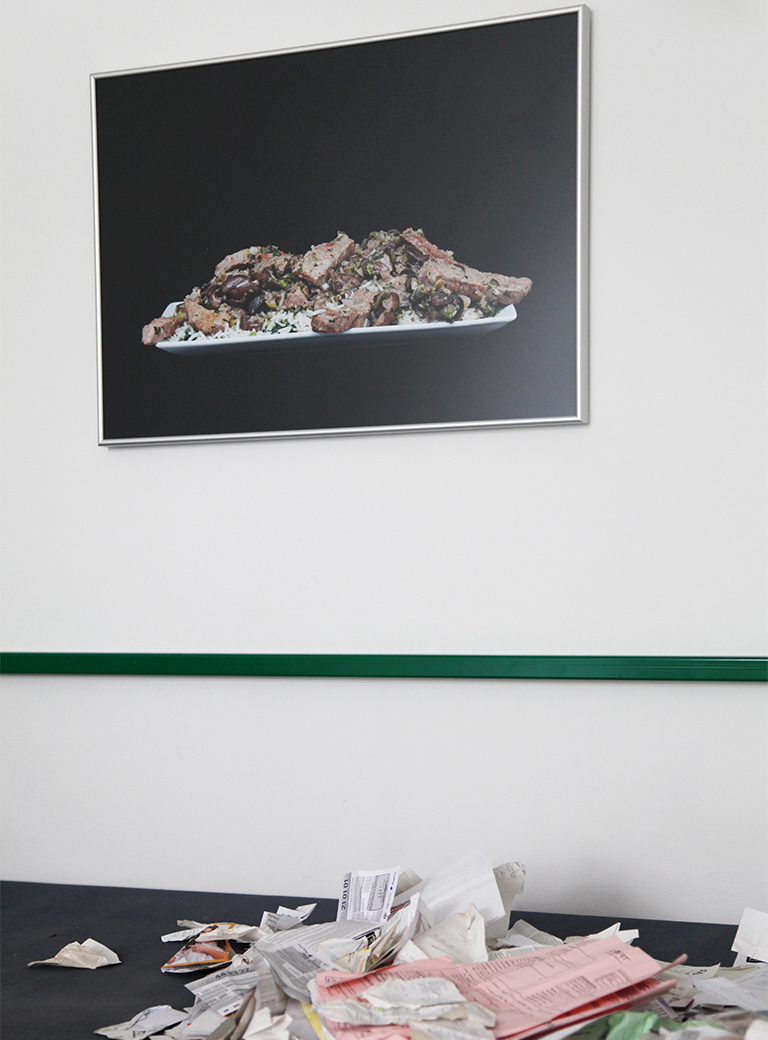

In one part of the essay you say, “With 100 million images posted on Instagram every day, one might argue that photography has been reduced to white noise.” If that is the case, do you think artists have any chance of being heard above this white noise?
I think there’s tons of hope. Aren’t we supposed to be natives in this technology? I feel like there’s not been any time in history where the visual artist has been more important, so to speak. That’s what the essay is partly about: the image world becomes the main translator, as big as, or interchangeable with, money or capital, and we need people to be able to understand and play with that language in a way that is not driven by capital. The other side is that the art world is completely complicit [in capitalism], but that’s another story.
When did your interest in photography start?
My way into the art world was through photographs. I didn’t go to museums as a kid so I learned to navigate and understand the art world through photographs. And even when I started art school I didn’t really know much about art. I was a total beginner so the way that I went at it was through photographic images, and also I couldn’t do anything myself other than take photographs.
How did you make the decision to go to art school?
As an escape from everything else really.
One occurring theme of your work is technological development. You seem especially interested in things that were once cutting edge but are now obsolete. How long has that been an interest?
That’s true, but it is not that I am interested in technology as such. Not at all actually. What I am interested in is this McLuhanesque thought of every media reusing the logics of the technology they put an end to. This heart-breaking "also you, Brutus?" logic of progress. It started really early actually. For example I did this show at Künstlerhaus Bremen in 2006 that utilised the flaws of state-of-the art printing technology. I made this wallpaper from a black and white reproduction of the Black, White, and Gray show [thought of as the first museum exhibition of minimalism] and pasted it onto the wall. The liquids in the wallpaper paste freed the colours in the print so it got these green and magenta stains all over its surface. The same year I did this piece called Performance, which was one image of me jumping on a top of a pile of slides and then this photo was inserted into the very slides I jumped on with the broken glass creating an animation of sorts when projected. It’s akin to that cooking technique called engastration, where you cook one animal inside another...

More recently, you turned this interest into a video trilogy, which consists of Animate V (2012), Cormorous (2016), and The Poet or Why Can’t You Trust Atoms? They Make Up Everything (2018). How did this project begin?
Well it is related, but also quite different. It started out with this magical moment where I had to solve three things at once and actually manged to do so: I had to create an outdoor sculpture for an exhibition in Switzerland, I had some money that I was supposed to use for a catalogue but I could also use for a project, and I had decided I needed to buy a car. I fell in love with this one car, but it turned out to be super rare. I looked it up and it turned out there was one for sale in Berlin, and it happened to cost the exact amount of this production grant. So I bought it and used it for the first video. But in the process of looking at that car, I understood a lot of things I’d tried to understand for a while about how objects speak to us and how they can be sculptural. The car that I made the video about, the 2001 Renault Avantime, very much aligned with progressive French car making in the ’70s and ’80s. It was presented for the first time at the VIP section of Art Basel in 2001, so it was exactly trying to be this type of progressive car and it totally failed. It was a complete disaster and was only produced for a few years. I then got obsessed with finding similar objects and somehow I worked out that what I was interested in were things that were somehow anachronistic, things that seemed to belong to another time than the one they existed in. I did this video about a bird, which is one of the most ancient birds around, and then one about a poet.
Each video looks at these “objects” in an almost scientific way. What can you tell us about that process?
That whole thing started from an interest in looking at the world through objects. My parents were anthropologists so I was very early on familiar with and interested in the cultural biography of things. Also, in Denmark during the ’80s there was a TV program called What is this? In this format you would have two teams—consisting of anthropologists, geologists, archaeologists, historians—competing against each other to try and figure out what a particular object was. It seems incredible now that back then you would have academics literally smelling and handling ancient objects to try and figure them out on national television. In this trilogy of videos I attempt to go at three select objects in a similar way. In the first video stuff—clay, buttermilk, aubergines and so on —are thrown at the object of a car. In the last video a poet is treated as an object. We see his belly almost as much as his head. There’s almost no hierarchy in terms of body parts and the camera also hits him; it makes contact. So I was treating these three things, a human, an animal and a machine, completely alike and trying to do it in a very sculptural way with what is effectively the least sculptural media there is, a HD camera.
What are you working on at the moment?
I’d just finished a really big project when the pandemic hit, which is this three-part TV series for DIS. During the pandemic mostly what I’ve been doing is some writing for the Art Academy in Copenhagen where I became a professor last semester. I’m trying to figure out how I can productively work within that system.
Do you like being a professor?
I will like it. [Laughs.]
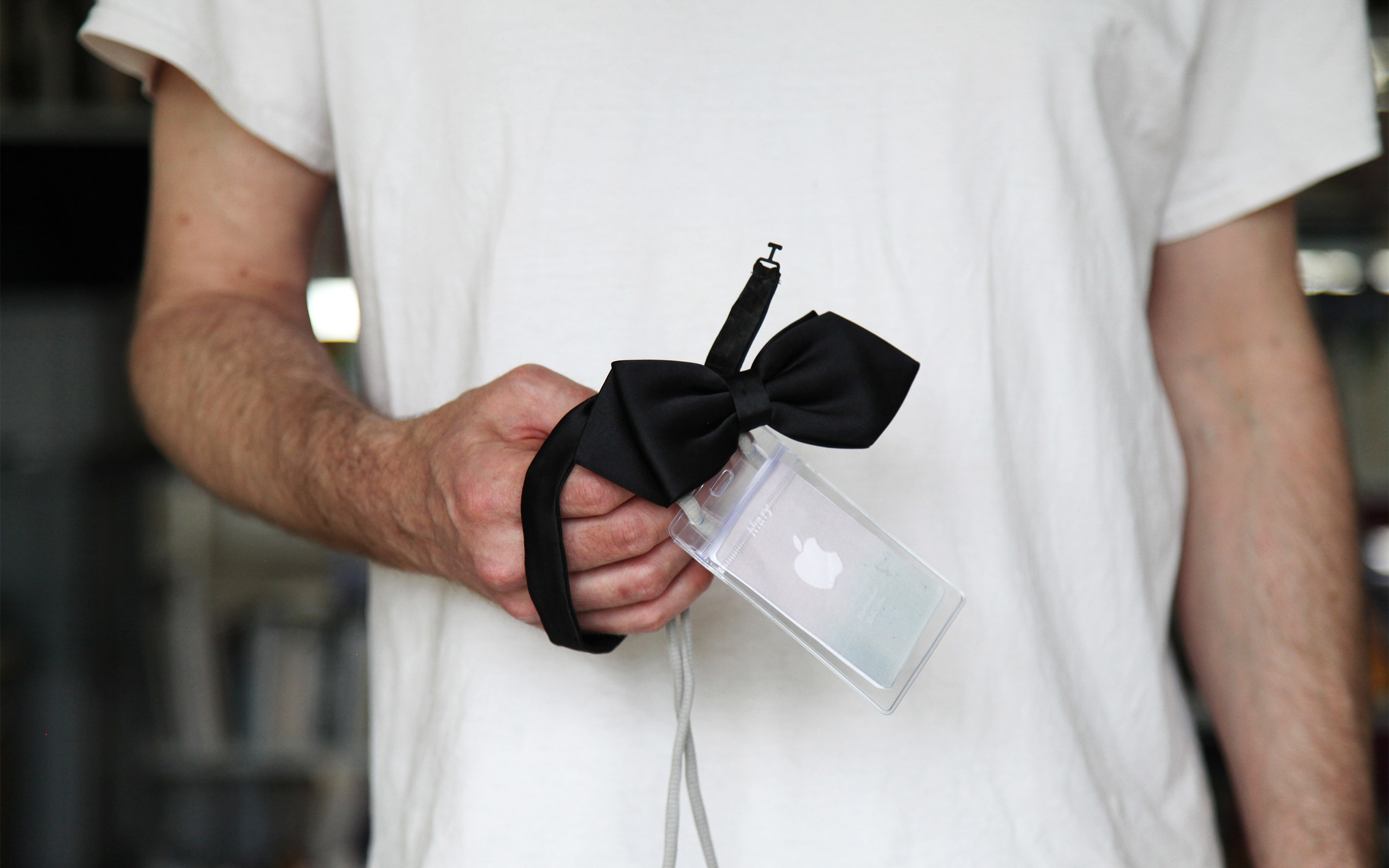

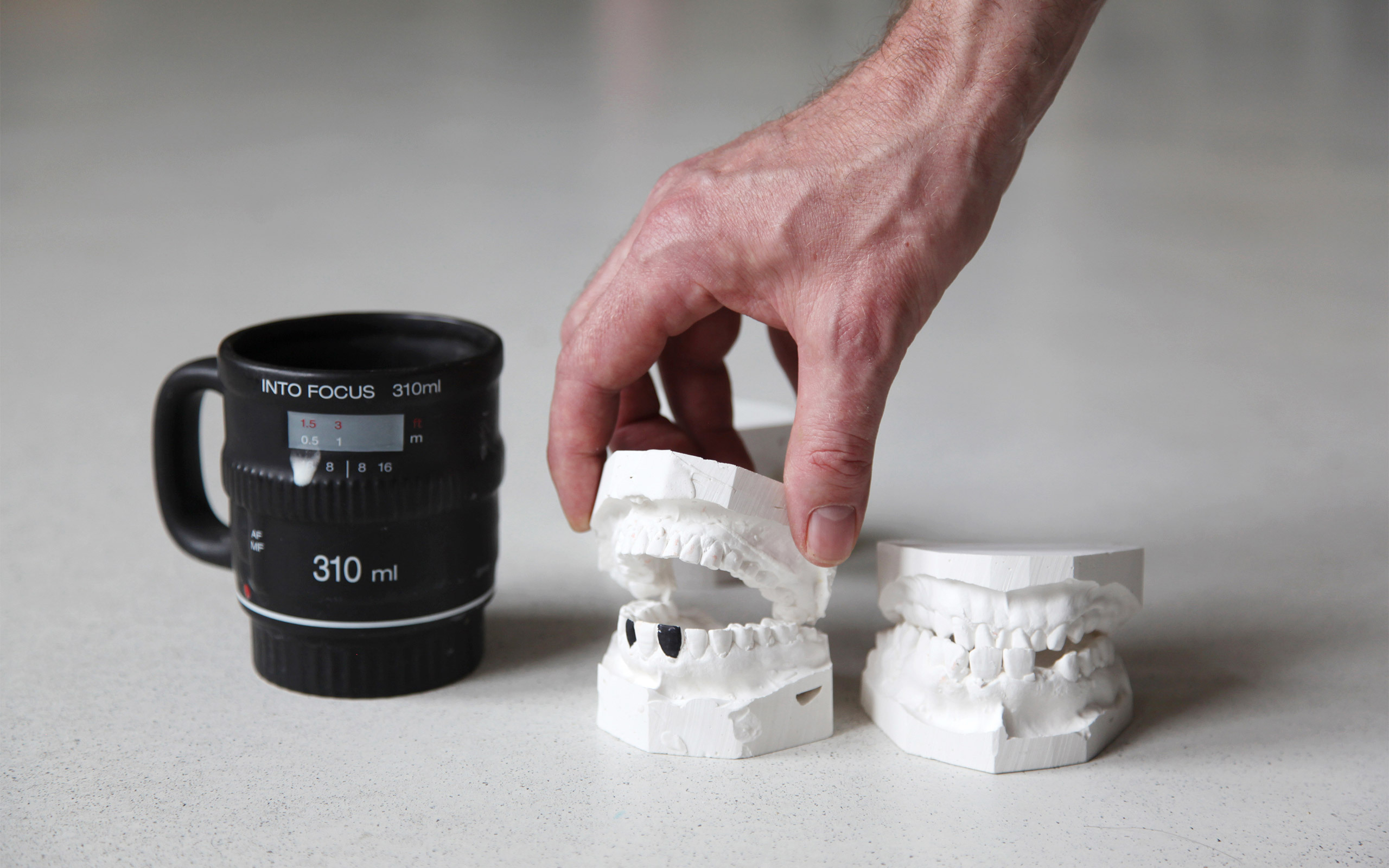
What can you tell us about the TV series?
The TV series is an adaptation of an American children’s book called What do People do all Day?, which was written in the late 1960s by Richard Scarry. The book depicts cute anthropomorphised animals doing people things in a place called Busy Town, but what it really does is describe to children how capitalist society works in an incredibly positive way. Reading a children’s book like that now is crazy because every single thing has a negative connotation. Our relationship to work has obviously changed and it is hard today to believe that the system is inherently “good”. There’s a sentence where he says something about coal being “sleeping sunshine”. (Laughs)
That hasn’t aged well.
That’s one way of putting it. It is a super interesting document. What I’ve done is basically used the book as a script for a TV series and mixed it with erotica.
Why erotica? I like to play with quite dumb juxtapositions, and if we say that the work uniform shows us as being part of society or contributing to capitalism then, of course, stripping down or being naked with someone else should be the opposite. Or I guess the more physical, non-sexual version of the same would be moving to the countryside and being one with nature. So I was interested in doing that in the videos, knowing that in late capitalism everything that is driven by desire has been or will ultimately be commoditised.
The TV series, which features characters in different job roles, refers back to an earlier piece you did that features uniforms. Is quoting previous works or projects a technique of yours?
I try not to think about things like this too much. I’m quite the messy artist in that sense. The advantage of not trying to mastermind this is that if you then look at the long stretch connections start to appear that can be quite interesting, at least for myself. The exciting moment with artistic production is when you realise that without consciously controlling it you’ve been creating a net of works that feed each other. Luckily, I’m feeling like that right now.
Is there anything else you have coming up that you’d like to tell us about?
The video piece Animate V from the series Anachronism Trilogy will be on show until September as part of the group exhibition Metamorphosis Overdrive at the Kunstmuseum St. Gallen. The exhibition deals with the transformation of everyday things. I’m currently in the process of moving to Copenhagen, where I’m also organising the exhibition space Aye-aye, together with the artist Nina Beier, which will open in the autumn.

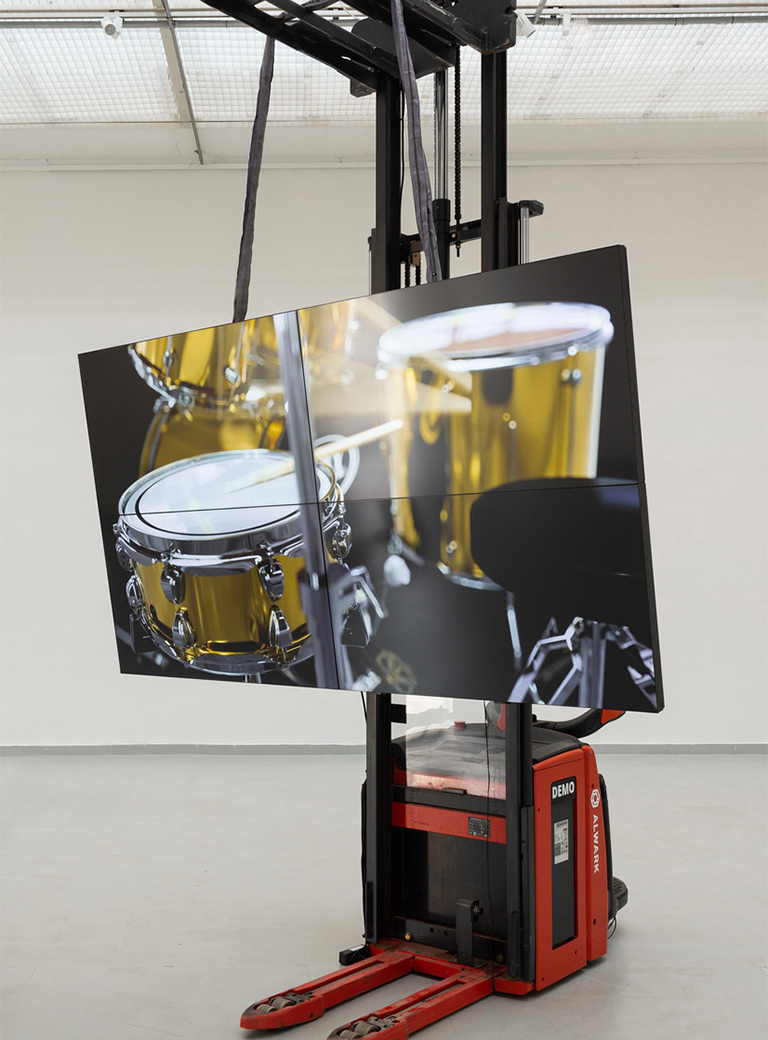
The Poet or Why Can’t You Trust Atoms? They Make up everything, 2018
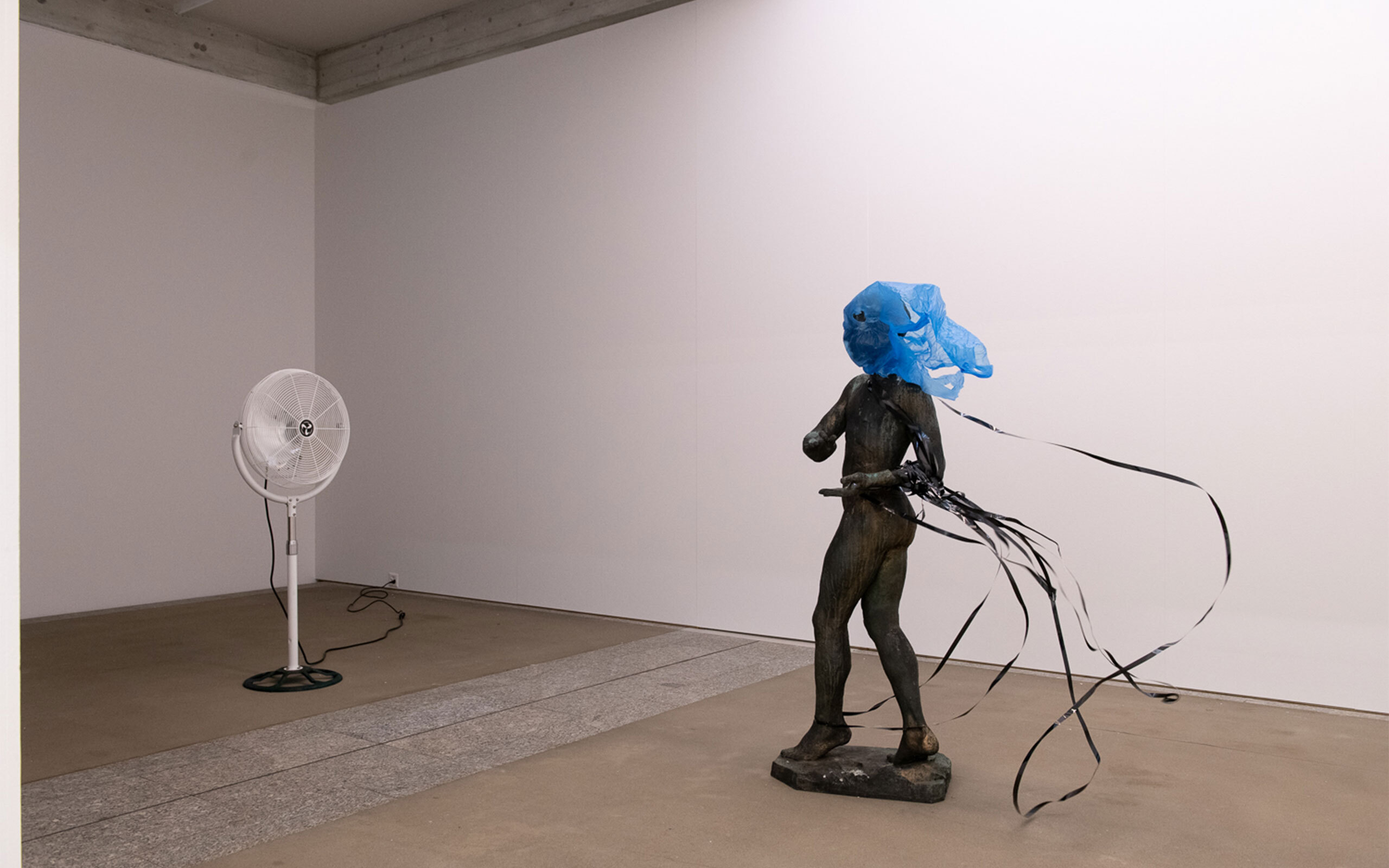
Video, 2020
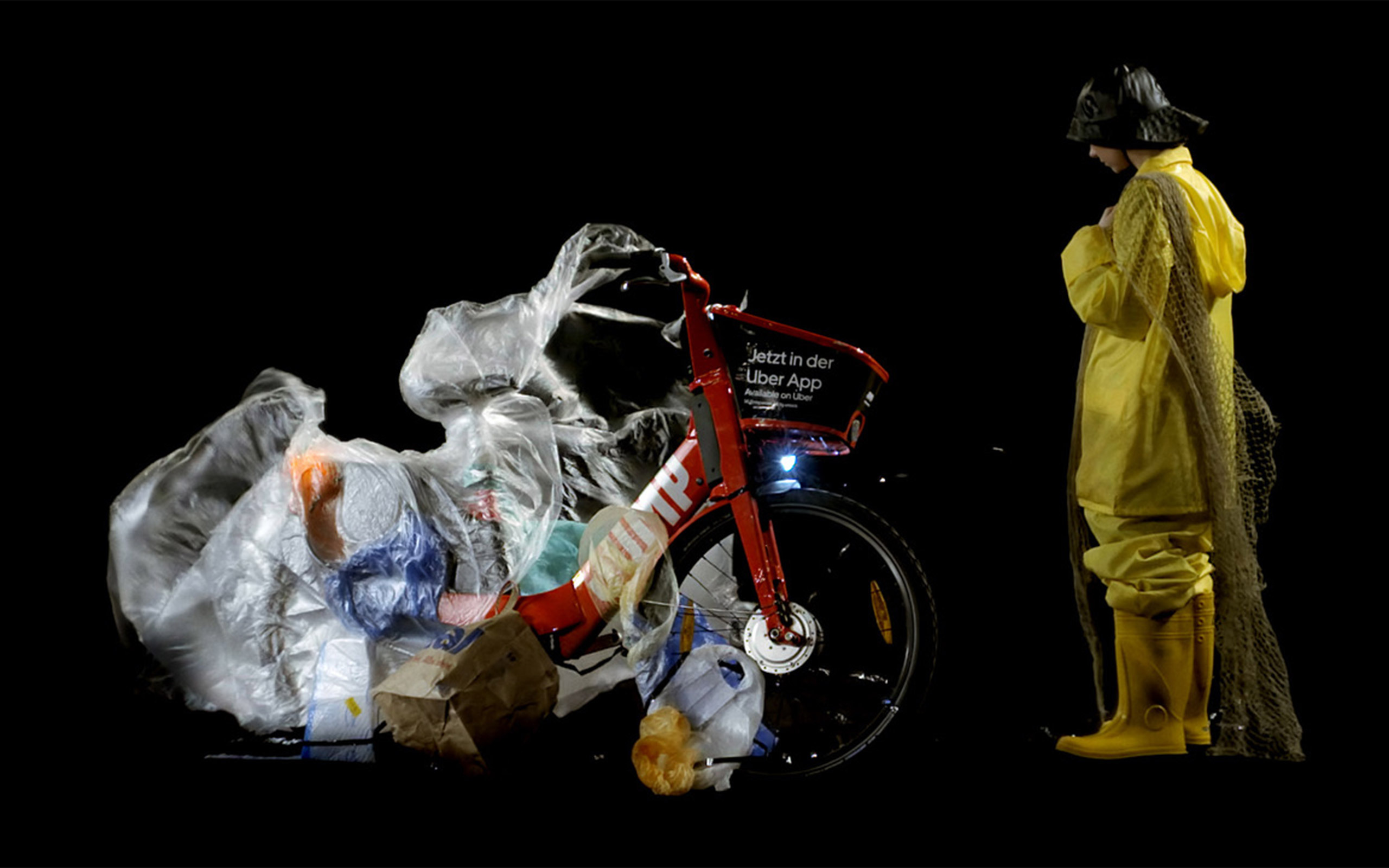
What Do People Do All Day, 2020
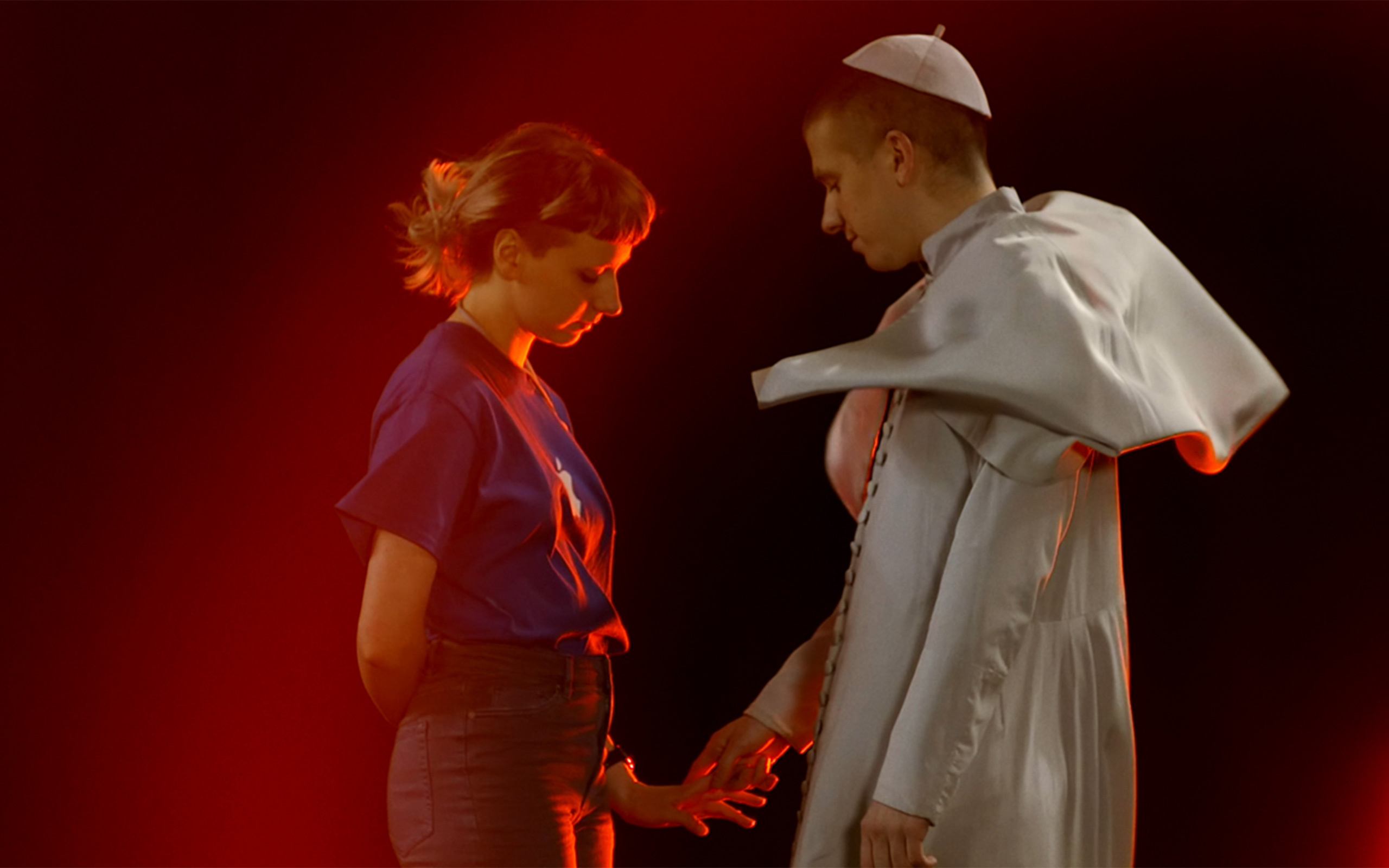
What Do People Do All Day, 2020
Interview: Chloe Stead
Photos: Nina Beier
Links:
Laura Bartlett gallery, London
Francesca Minini gallery, Milan






